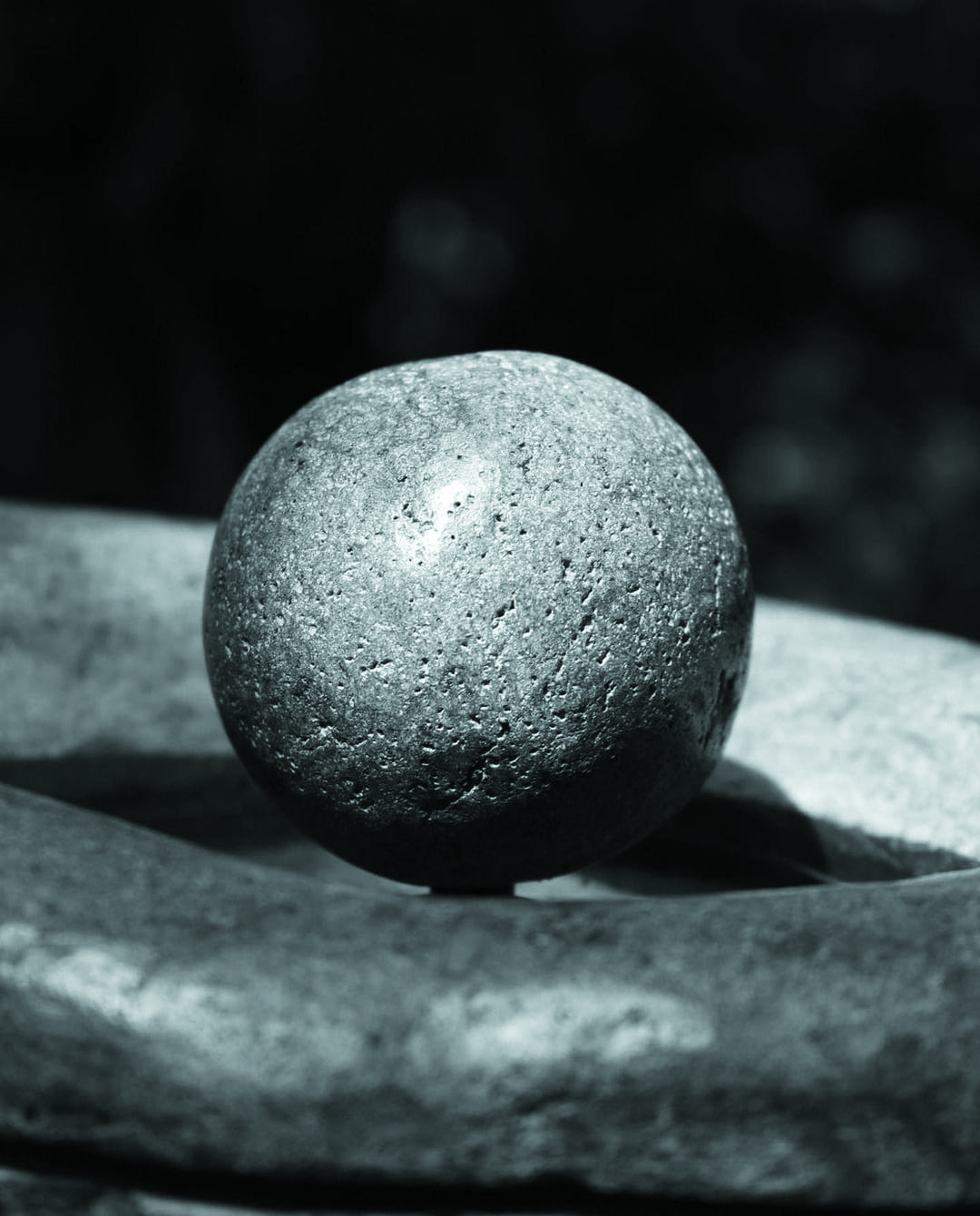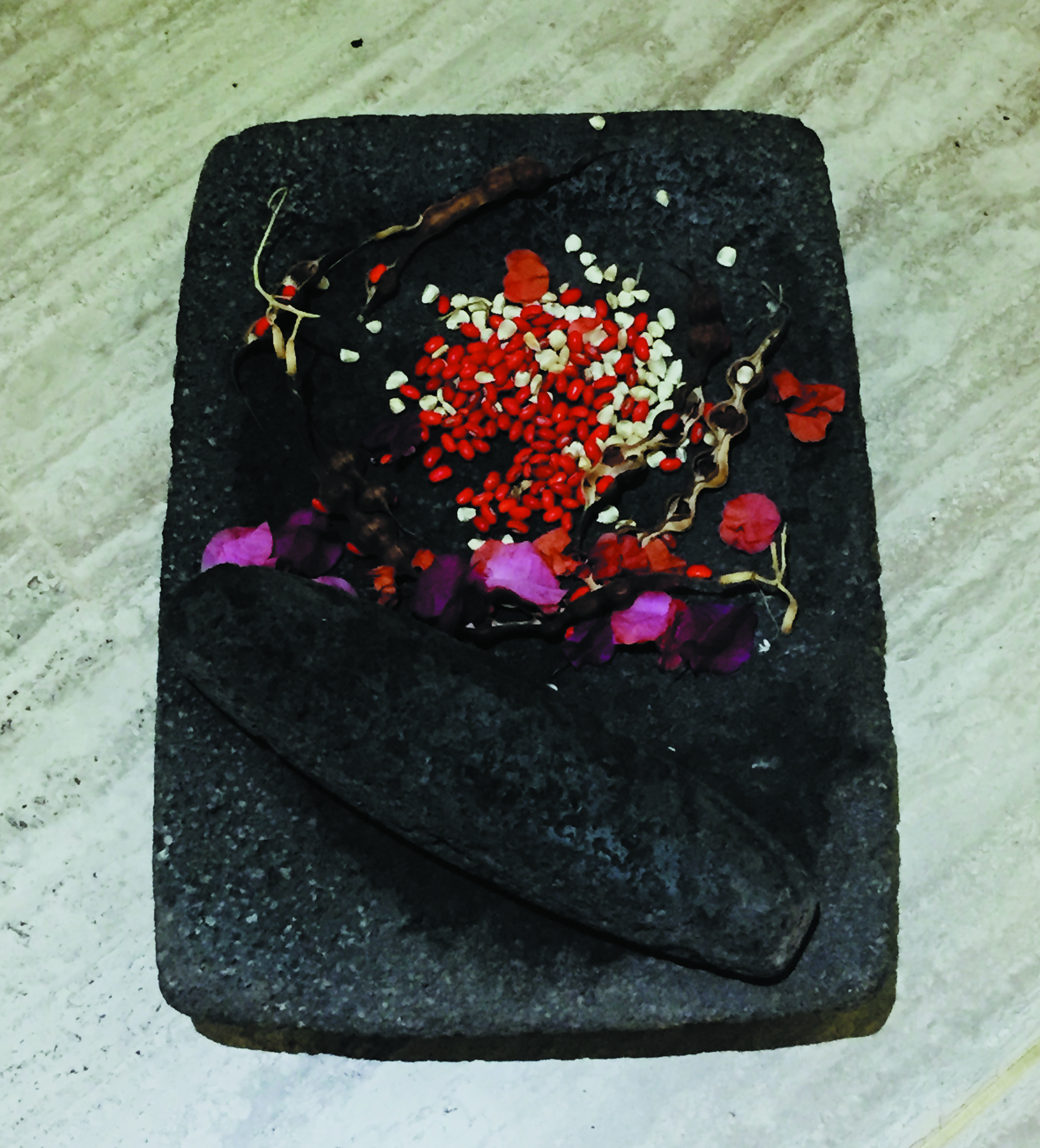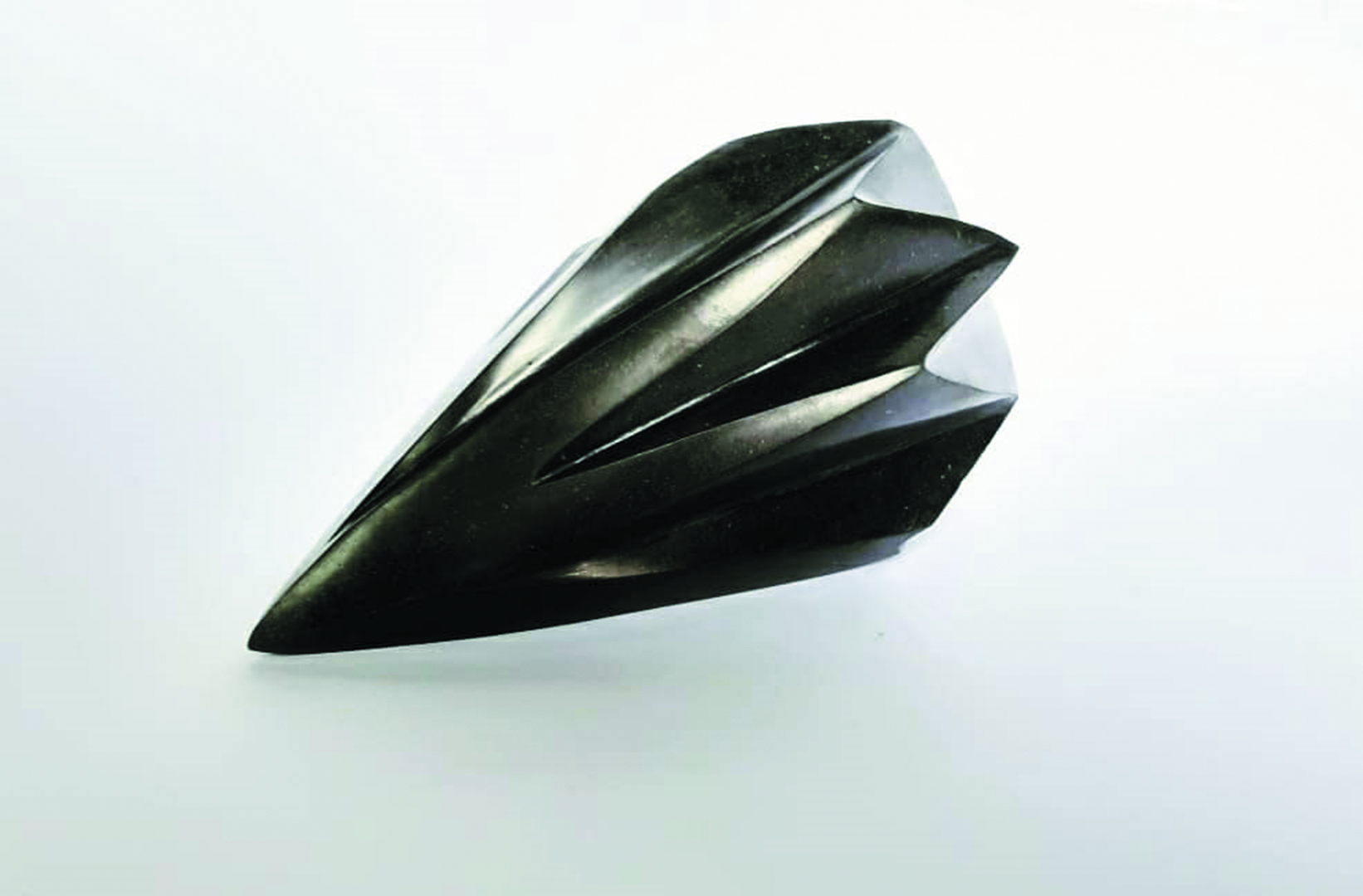
01.11.2021
Curator Patricio Majano looks at the work of Mario López Vega and highlights the importance of generating a Nahua aesthetic as a form of resistance to the historical annihilation of the Indigenous peoples in El Salvador.

Indigenous peoples in Latin America are caught in a constant struggle and state of resistance. This can be seen in their own images and creative practices, as well as in the ways in which these peoples have been and continue to be represented. In El Salvador, works like those of the artist Mario López Vega offer a platform that invites us to reflect on the colonization of visual languages. These reflections also reaffirm the resistance of Indigenous peoples in the reclamation and revalorization of their own traditional methods of production, eschewing the privileged assimilation of Western forms of production.
Mario López Vega’s work is located in a complex environment. Despite the fact that many peoples on the “American” continent share a similar history of colonization and oppression, each region’s experience is characterized by its own particular nuances. Therefore, it is important to begin this discussion by revisiting the history of the country and the peoples Indigenous to the territory occupied by the Salvadoran state. Before Spanish colonization, the region that is today called “El Salvador” was previously known as Kuskatán and was inhabited mainly by the Nahua, Lenca, and Cacaopera peoples. The history of these peoples has been strongly marked by the systematic elimination and whitewashing of their culture. In 1932, a genocide was carried out in El Salvador that left between 5,000 and 35,000 victims of Indigenous descent.[1] This act was perpetrated by the government, then led by General Maximiliano Hernández Martínez, president of El Salvador from 1931 to 1944. The state systematically denied and minimized the extermination to the extent that the exact number of victims has never been able to be determined. The genocide was accompanied by coercive policies that led to the collective abandonment of many cultural practices and Indigenous customs throughout the population. As a result of these events, according to the country’s most recent census, only 0.23 percent of El Salvador’s population considers themselves Indigenous.[2] This incredibly low figure in a region that clearly has a strong Indigenous heritage reveals the efficacy with which the government implemented its strategy of internalized racism within the Salvadoran population.

His representation focused negative attention away from the Salvadoran state onto oppression associated with Spain.
At the same time, important historical figures like Feliciano Ama, one of the Nahua leaders who led a peasant insurrection in 1932, were being invisibilized. In this era, representations of this and other important Indigenous figures that were also promoted by the state were effectively nonexistent or very rare. Furthermore, the representations of Indigenous people that appeared in the visual arts of that epoch were often rendered through a Western gaze, according to artistic styles like Primitivism or naïve art that were imported from Europe. Considering the artistic production of Indigenous people, it is also important to problematize the concepts of fine arts and craft, since the tendency—one that is in large part promoted by the state—is to see the majority of objects produced by Indigenous people as craft, and to place this category beneath the “fine arts” or methods of artistic production that originated in Europe. For this reason, many names of Indigenous artists[5] do not enjoy the same visibility as artists working in Europe.

In addition to their strong ties to his community, López’s sculptures also have a strong relationship to the environment that they inhabit. On the one hand, the artist began his production in his village. He participated in sculpture symposia that took place in Panchimalco, where he made largeformat works, many of which have remained in public spaces. On the other hand, López uses as his raw material stones sourced from local quarries or that he has collected from nearby locations. The restrained aesthetic and the level of abstraction in his works refer to the sculptures and petroglyphs that are spread across El Salvador in different archeological sites. Although one could argue that some of his works bear a likeness to the modern abstract sculpture of Europe and the United States, it is extremely important, and an exercise in decolonizing art, to recognize the true references in his work.
Tracing aesthetic genealogies against the grain of Europe and the United States is a decolonial method of historicizing that allows us to imagine futures situated, in this case, around Nahua material memory.
The content that interests López is deeply tied to the history and memory of local communities. In his work he addresses concepts and content related to the worldview and traditions of the Nahua peoples. For example, in the Yawal series, he found inspiration in the name and shape of a traditional object from the region and the ideas and beliefs that constellate around this image. Yawal is the name given in El Salvador to a circular object, generally made of fibers or organic fabrics and commonly used to wrap around containers like clay jugs. In the Nahua worldview, the circular shape that characterizes the Yawal is linked to the idea of lifecycles, for example the cycle of life and death. The artist learned about this relationship from conversations with the elders of Panchimalco. It is fascinating to consider these conversations as an integral part of these works, and to think that the creation process of these pieces forms part of a genealogy that spans many years back, a genealogy that has been maintained through the oral transmission of beliefs and knowledge from one generation to another.

This alternative reading of history-time opens the way for new possibilities in the conception of the Indigenous in El Salvador in the present.
The exploration of these possibilities is important to the creation of exercises in the reappropriation of Nahua, Lenca, and Cacaopera heritage and identities so that they can be seen beyond stereotypes and anachronisms. It is equally important to recognize that these identities are diverse and malleable, and that they should not be viewed as fixed categories that serve to classify and racialize people, or determine what is and is not Indigenous. López Vega’s work can be seen as an exercise in reconciliation with a past that has been distorted and obfuscated by the ruling party. In turn, it is a material practice that exists in the future. It is an aesthetic act of creation that is situated within the historical and temporal struggles that demand space for Indigenous peoples, Afro-descendants, and other subaltern identities that have been relegated to the margins within the structures of current art.
Carlos Felipe Osegueda Osegueda, Miguel Ángel Hernández, Charles Clayton Arévalo Coronado, Fátima Lisbet Mejía Rosales, Brian Antonio Moz Mendoza, and Georgina Lorena Soriano Aguilar, “Los derechos humanos en El Salvador: una retrospectiva analítica del etnocidio de 1932,” Entorno, no. 64 (October 2017), 57–64. Available at: https://doi.org/10.5377/entorno.v0i64.6061 (Accessed on October 5, 2021).
DIGESTYC, Censo de Población y Vivienda 2007 (Población). Available at: http://www.digestyc.gob.sv/index.php/temas/des/poblacion-y-estadisticas-demograficas/censo-de-poblacion-y-vivienda/poblacion-censos.html (Accessed on October 5, 2021).
Mariella Hernández Moncada, “Pueblos Indígenas de El Salvador: La visión de los invisibles,” Centroamérica Patrimonio vivo | Acer-VOS (2016), 138-157. Available at: https://www.upo.es/investiga/enredars/wpcontent/uploads/2017/03/138157.pdf (Accessed on October 5, 2021).
Max Mojica, “Atlacatl el indio inexistente,” elsalvador.com, December 5, 2015. available at: https://historico.elsalvador.com/historico/172157/atlacatl-el-indio-inexistente.html (Accessed on October 5, 2021).
There are some artists like María Dominga Herrera or Pedro Ángel Espinoza who, considering where they were from, might have belonged to Indigenous communities, though there are no records that prove it. I think this is partly due to the strategies of the state. Many people were afraid to reveal that they were part of these communities. It wasn’t until around the eighties that artists such as Francsico Jiménez began to openly identify themselves as Indigenous peoples.
Comments
There are no coments available.